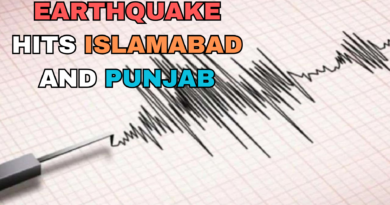Syria vs Israel Tensions Escalate Amid New Attacks
In a sharp escalation of regional tensions, Israel conducted a targeted airstrike on Syria’s Defense Ministry complex in Damascus late on July 16. The strike reportedly aimed at disrupting what Israeli intelligence believes to be a growing threat from Iranian-linked militias operating within Syrian military infrastructure. The attack followed several days of fierce internal clashes in southern Syria, particularly in the Suwayda province, where Syrian regime forces and local Druze fighters were locked in deadly confrontations.
The clashes in Suwayda, a historically quiet region with a significant Druze population, marked one of the most violent episodes in recent years. Over 60 people were reported killed in the fighting, which erupted after Druze groups resisted regime attempts to forcibly conscript young men and reassert tighter control over the area. Armed residents, long opposed to Assad’s centralized rule, reportedly seized several checkpoints and government offices in retaliation. The internal unrest created a volatile backdrop that may have contributed to Israel’s decision to act swiftly.
Israel has long maintained a policy of preemptive strikes on Syrian territory to counter perceived threats from Hezbollah and other Iranian proxies, often using Syrian civil instability as an opportunity to degrade enemy infrastructure. However, this latest strike on a high-profile government building in Damascus carries heavier diplomatic risks. While Israel did not confirm responsibility, Syrian state media accused Tel Aviv of “blatant aggression” and promised retaliation. The timing of the strike—so close to internal Syrian conflict—has raised international alarm.
The United Nations and several regional powers, including Jordan and Russia, have issued statements urging restraint from both sides. Humanitarian agencies have voiced concerns about the growing number of civilian casualties, displacement, and the strain on medical infrastructure in southern Syria. The ceasefire brokered by local mediators in Suwayda remains fragile, with both Syrian troops and local militias on high alert. Observers fear a resurgence in violence if international mediation fails to produce long-term stability.
This flare-up also signals a troubling trend: Syria’s internal fractures are once again being exploited by external actors. Analysts warn that Israel’s security calculus may now increasingly involve targeting not just Iranian proxies but also official Syrian government facilities if they are seen as facilitating Tehran’s expansion. Such moves could provoke a broader regional conflict, especially if Iran or Hezbollah respond with force, either directly or through allied militias in Lebanon or Gaza.
As the dust settles over Damascus and Suwayda, the Middle East finds itself once again on the edge of a dangerous precipice. The international community faces a critical test in managing this new crisis, with the potential for wider repercussions far beyond Syrian borders. The complex intersection of local dissent, international rivalries, and longstanding territorial disputes underscores the fragile peace that hangs over the region.




